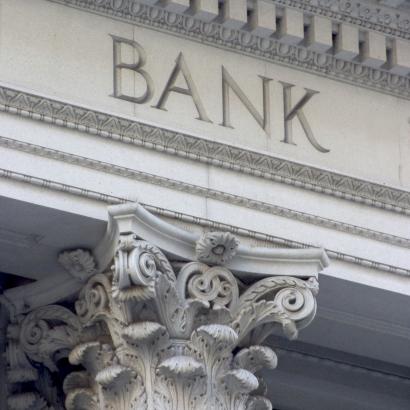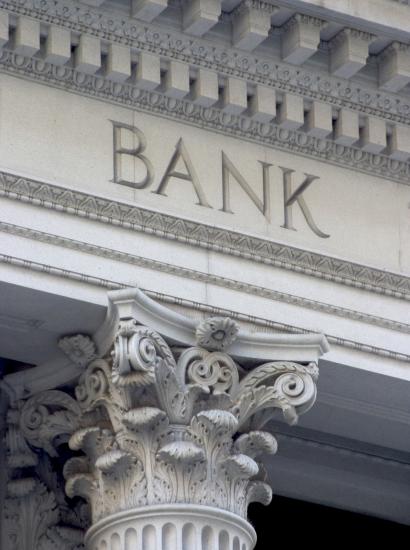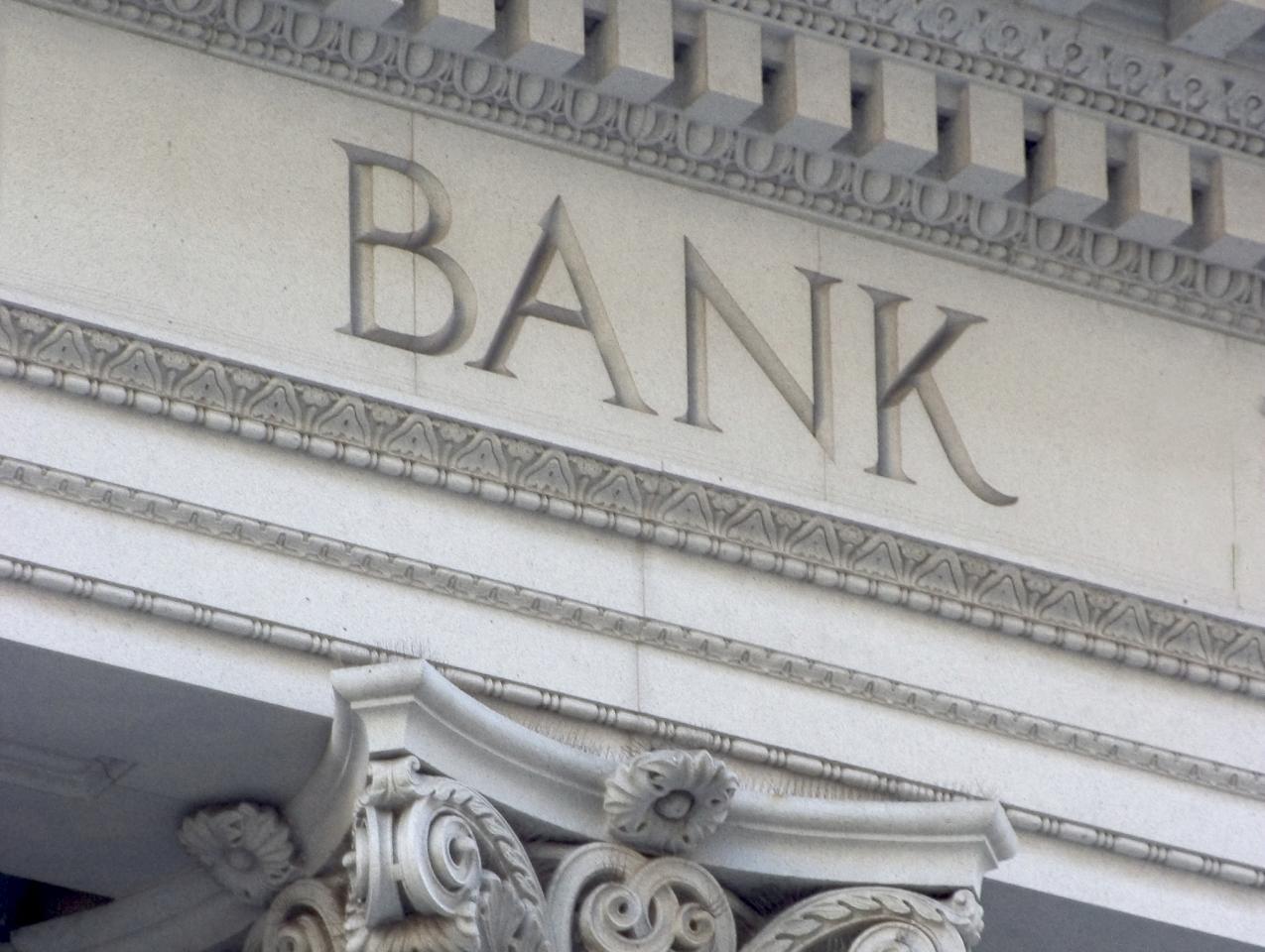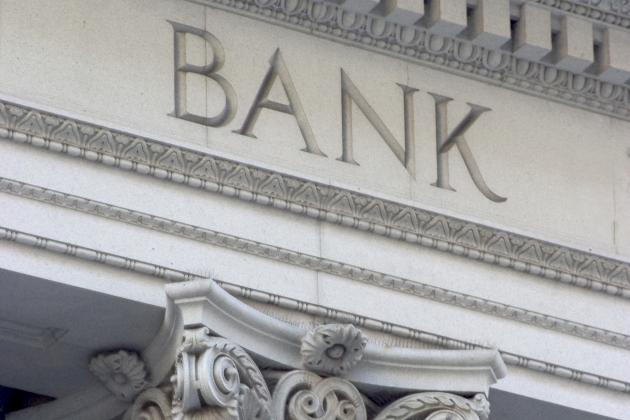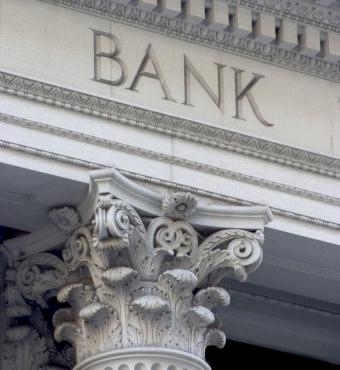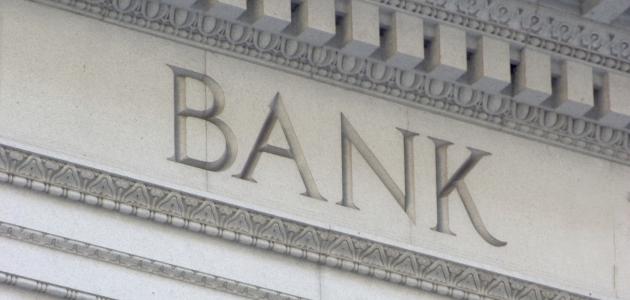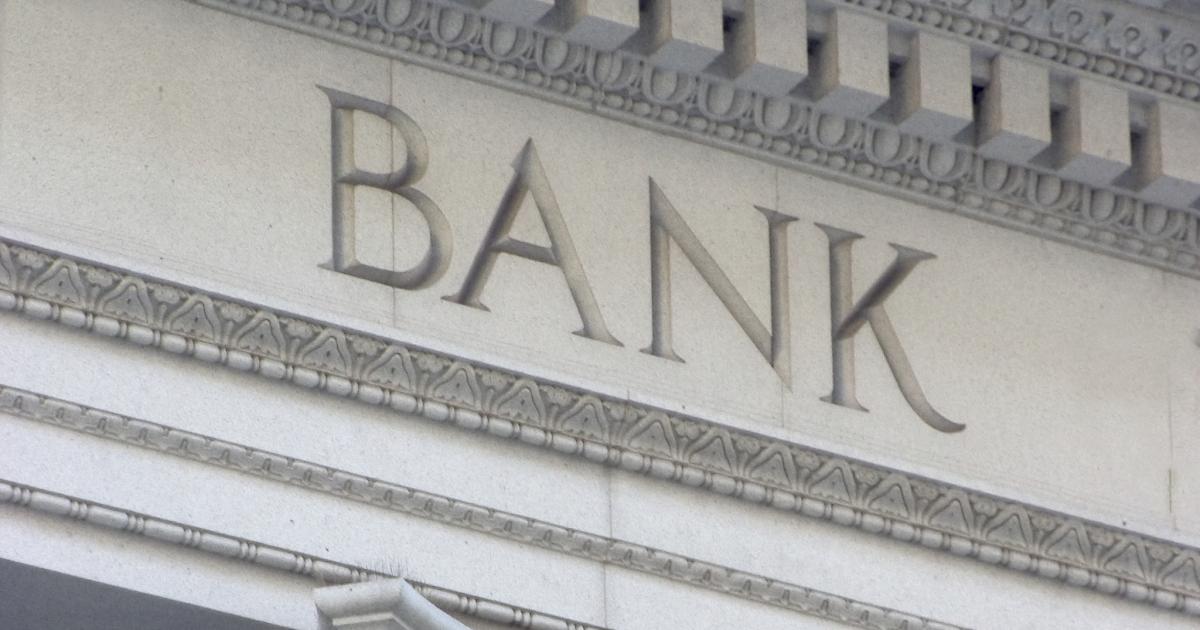Editor’s note: This essay is an excerpt from the new Hoover Press book Central Bank Governance And Oversight Reform.
Central banks perform two apparently quite different functions. On the one hand, they are expected to operate monetary policy in a systematic manner in order to smooth fluctuations in economic activity without jeopardizing the economy’s nominal anchor. On the other hand, in their role as the lender of last resort, they are expected to operate with the flexibility of the economy’s equivalent of the US cavalry.
Both those propositions invite dissent and are unquestionably contested. On monetary policy, there are those, perhaps not here in Stanford, who will want to shout that monetary policy cannot be tied to rules but must be free to meet circumstances that are hard to fathom in advance. On lender-of-last-resort (LOLR) policy, meanwhile, there are those who stress with no less vehemence that a more rule-like regime is needed in order to keep central banks from straying too far into fiscal territory: liquidity support should be distinct from a solvency bailout.
Nevertheless, I suggest that the dominant views are as I initially expressed them, and not without reason.
Society gives the monetary reins to unelected technocrats in order to mitigate problems of credible commitment. A necessary precondition for delivering on that promise is that policy be systematic. Big picture, this is an institution designed for normal circumstances. Having, separately, allowed fractional-reserve banking, society also wants the monetary authority to provide liquidity re-insurance to banks in order to protect it from the social costs consequent upon the private banking system’s liquidity-insurance services being abruptly withdrawn. That, by contrast with regular monetary policy, is an institution for economic and financial emergencies.
If a central bank succeeds in building a reputation for operating a systematic monetary policy, is that reputation jeopardized when it reveals its normally hidden innovative side during a crisis? Conversely, might a reputation for rule-like behavior in normal times sap confidence in its ability to ride to the rescue in a crisis? In other words, do central banks need to sustain a rich, multipurpose reputation that faces in two directions?
That is the subject of these remarks. Note that my title is not “Can central banks deliver credible commitment and be ‘emergency institutions’?” It is “How can central banks [do so]?” In other words, I am positing that there is no choice other than to house these two functions, two missions, in a single institution and, further, one that is highly insulated from day-to-day politics: an independent central bank.
It is striking, therefore, that debates about the design of monetary-policy regimes and, when they have occurred at all, debates about the LOLR’s role in crisis management have largely existed in parallel universes. The silos might be comfortable, but they hardly help society design and oversee the central banks into which they have placed so much trust.
Signs of this are apparent in current debates about the Federal Reserve and its advanced-economy peers. The “Audit the Fed” and “Taylor Rule” bills in Congress are framed as being about monetary policy, which of course they are. Quite separately, the Dodd-Frank Act materially changed the scope and autonomy of the Fed as a lender of last resort, and fresh proposals have recently been launched in the Senate. My point here is not on the merits or demerits of those or any other substantive provisions, nor is it that all reforms should come via a single piece of jumbo legislation. Rather, the point is that we might do better to think about central bank functions in the round, in terms of one joined-up regime for preserving monetary stability broadly defined.
If that is right, we need to step back a bit to think more carefully about what we are dealing with here. As I attempt to do so, we shall bump into some fairly deep questions about the distribution of power in democracies. We will also see the monetary policy/LOLR dichotomy dissolve, but only for it to be replaced by a deeper challenge for the design of robust, legitimate central banks: how to proceed when the fiscal constitution is not pinned down.
One way into this is to think of the central bank as conducting financial operations that change the liability structure and, potentially, the asset structure of the consolidated balance sheet of the state. If they buy (or lend against) only government paper, the consolidated balance sheet’s liability structure is altered. If they purchase or lend against private-sector paper, the state’s balance sheet is enlarged, its asset portfolio changed, and its risk exposures affected. Net losses flow to the central treasury in the form of reduced seigniorage income, entailing either higher taxes or lower spending in the longer run (and conversely for net profits).
The state’s risks, taken in the round, might not necessarily increase with such operations. If purchasing private-sector assets helped to revive spending in the economy that might, in principle, reduce the probability of the state paying out larger aggregate welfare benefits and receiving lower taxes later. But the form of the
risk would change and, because the driver was central bank operations, the decision-taker on the state’s exposures would switch from elected fiscal policymakers to unelected central bankers.
Seen in that light, the question is what degrees of freedom central banks should be granted, and to what ends, to change the state’s balance sheet.
A minimalist conception, advanced by Marvin Goodfriend, among others, would restrict the proper scope of central bank interventions to open market operations that exchange monetary liabilities for short-term Treasury bills (in order to steer the overnight money-market rate of interest). On this model, the LOLR function is conceived of as being to accommodate shocks to the aggregate demand for base money and plays no role in offsetting temporary problems in the distribution of reserves among banks.
Arguably, this would get close to abolishing the LOLR function as traditionally executed. As a governor of the Bank of England said of the 1820s crisis, when the function was first emerging, “we lent in modes that we had never adopted before . . . by every possible means consistent with the safety of the Bank.”
Perhaps more profoundly, at the zero lower bound the only instrument available to the central bank would be to talk down expectations of the future path of the policy rate (“forward guidance”). All other interventions to stimulate aggregate demand—for example, quantitative and credit easing—would fall to the “fiscal arm” of government. And that, not a judgment on the merits of the minimal conception, is my point: what is not within the realm of the central bank falls to elected policymakers, with the attendant problems of credible commitment and time-inconsistency.
At the other, maximalist end of the spectrum, the central bank would be given free rein to manage the consolidated balance sheet, even including writing state-contingent options with different groups of households and firms. That would get very close to being the fiscal authority, and cannot be squared with any mainstream ideas of central banking competencies in democracies.
So in one direction, the state’s overall capabilities shrivel; and in the other, its functions are effectively seized by unelected central bankers.
We could try to resolve the question of boundaries through positive economics on the effectiveness of different instruments in responding to the shocks hitting a monetary economy. While that work is obviously essential, it is not the approach I take here, partly because answers are likely to be hedged about with uncertainty; but, more fundamentally, because that approach does not speak to which arm of the state should be delegated which tools. The problem appears to be that we don’t know where the welfare advantages of credible commitment are outweighed by the disadvantages of the loss of majoritarian control, because that looks like a trade-off between incommensurable values.
I am going to approach the question of boundaries, therefore, by asking first what purposes a central bank serves and then what constraints are appropriate for independent agencies to have legitimacy in a democratic republic. As we proceed, the tension between commitment technologies and majoritarian legitimacy will resolve itself.
You can continue reading the chapter here.








